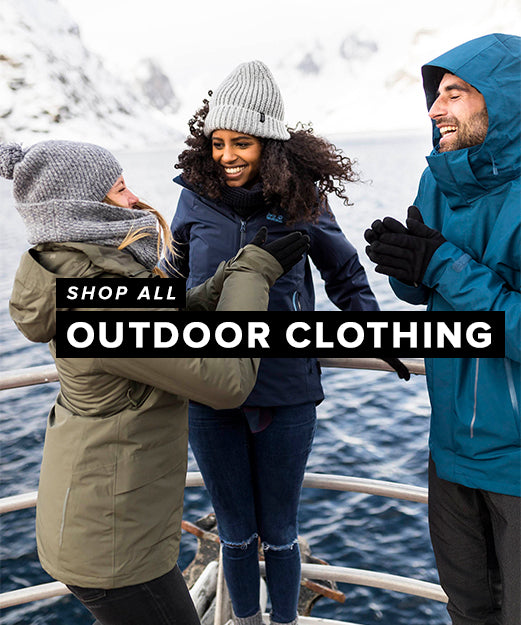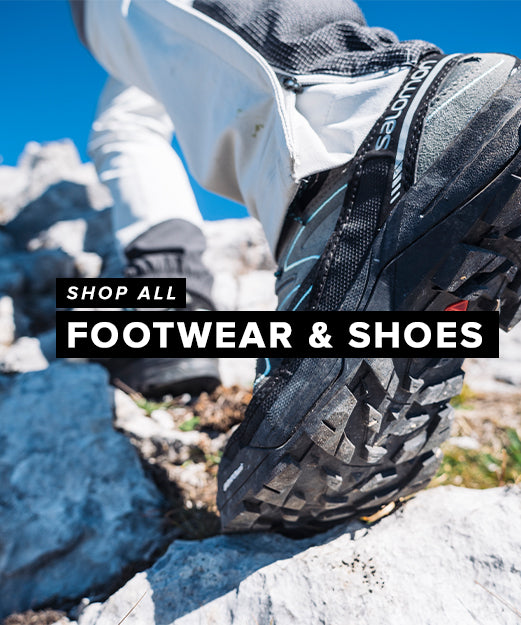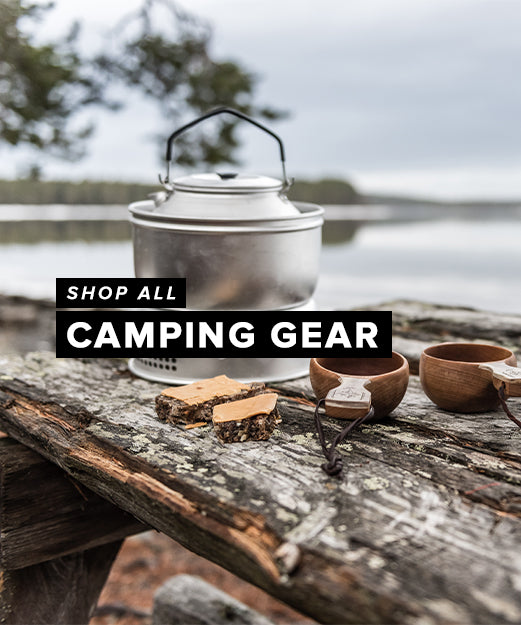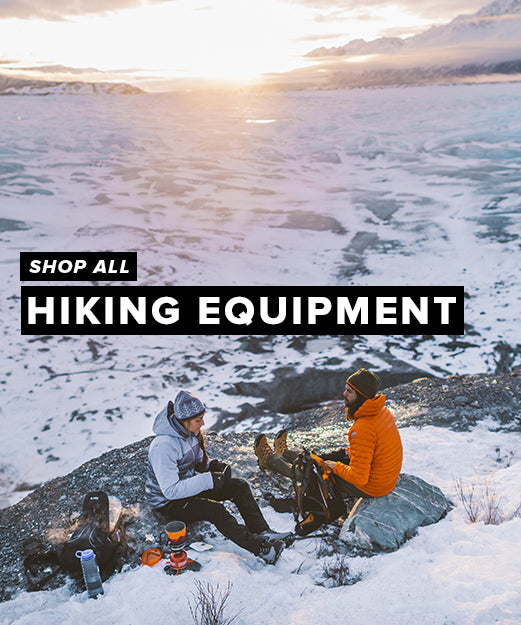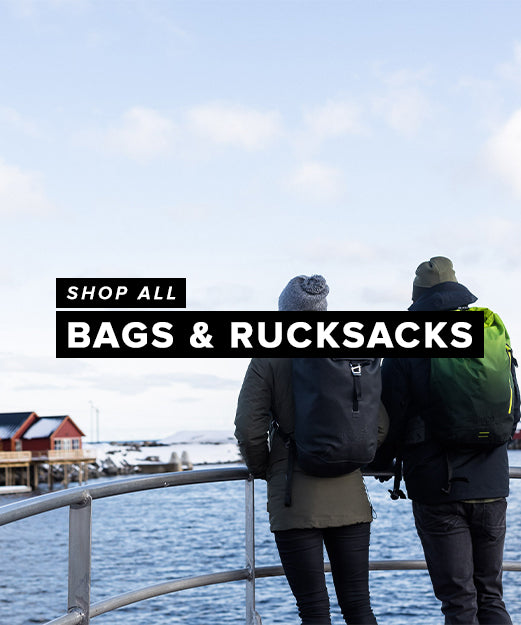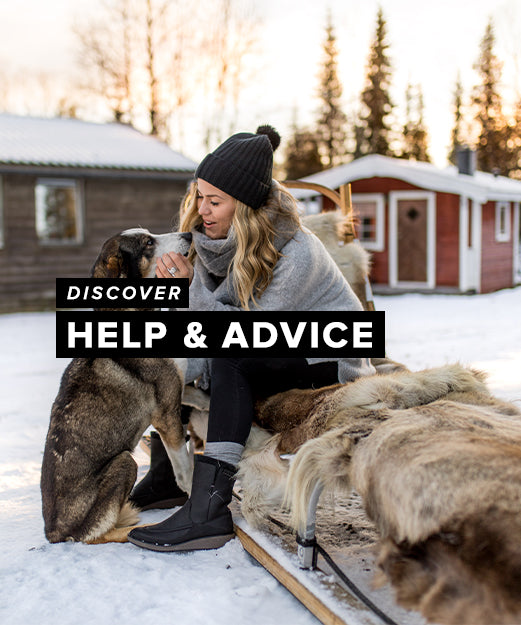Number One: Map & Compass
This might be pretty obvious but we see it time and time again here at Simply Hike, people go out hiking or walking without a map and compass and end up getting lost. A map and compass are basic necessities, simple to use, and will never let you down. There are all types of maps and compasses out there but a great place to start is with the Explorer range from Ordnance Survey. They use a 25,000 grid which really helps you see all the fine details on a map. A compass that works really well with the Explorer maps is the Expedition 4 Compass from Silva.
Number Two: First Aid Kit
When researching First Aid Kits it can be a bit daunting, which one to go for? How much should I spend? Do I get an individual first aid kit or a group one? But don't worry, we are here to help! Let's take a look at single use first aid kits first, the most popular tried and tested one is the Pocket First Aid Kit from Life Systems. It's affordable and ideal for people just wanting the basic kit for their first hikes. For the wild campers out there, the Adventurer First Aid Kit from Care Plus is a great shout. For groups, Life Systems have you sorted with the Camping first aid kit, Explorer first aid kit, Mountain Leader first aid kit and for the winter months the Winter Sports first aid kit.

Number Three: Shelter
The days of taking your tent with you 'just incase' are long gone! Smaller shelters are now what you want to be taking. Over the past couple of years the technology for emergency shelters has really improved, most are lightweight, super strong, and are very quick to get up (yes even quicker than a tent). There are all sorts of shelters you can choose, from your thermal blanket like the Headsheets Blanket by Adventure Medical Kits, to storm shelters, which are becoming more and more popular each year. The Storm Shelter 200 from Vango is a brilliant bit of kit, it's super lightweight, strong, and with its bright orange colour you will always be seen on the hills!Number Four: Layers
When you're new to hiking, wearing too many layers is one of the biggest causes of you over-heating or even getting cold. Over the years technology has changed in hiking clothing construction and manufacture, but a very standard layer system has always been there; the three layer structure. The first layer should be a baselayer. If you're not allergic to wool then a merino baselayer like the Everyday Longsleeve from Icebreaker, but if you are allergic to wool, synthetic baselayers are a great alternative. The HH Dry from Helly Hansen is a very popular choice. The next layer is either a 100 or 200 weight fleece. If you're looking at getting a 100 weight fleece then try to get one with PolarTec like the Monkey Man from Mountain Hardwear. If you're looking to get the thicker 200 weight fleece then the Prism fleece from Berghaus is perfect. The last layer is... yup you guessed it, a lightweight waterproof jacket. The Convey from Mammut makes a perfect lightweight waterproof jacket. If you're on a bit of a budget then the Reaction Jacket from Craghoppers is a must. All these layers will trap the air, keep you warm, keep you cool and keep you dry.

Number Five: Sun Protection
You're walking the hills in the UK, it was a bit of a bleak start, but now the skies clear and the sun breaks out... do you have your sunscreen? Even in the UK, mountain weather is very unpredictable and the guys over at the Met Office don't get it right all of the time. So sunscreen is always a must! The greatest thing about sunscreen is that nowadays its comes with one vital change... you can now get sunscreen specifically made for mountain weather! What does that mean I hear you say? Well, midge repellant and waterproof just incase the heavens do open! Or for the world travellers and adventurers out there, Life Systems have even come up with anti-jellyfish sunscreen!Number Six: Daypack
Before you head off on your first hike, have you got a daypack? Is it a proper hiking daypack and not a sports or a school bag? There's a big difference between a sports daypack and a hiking daypack in terms of structure, support and comfort. Hiking daypacks have been designed to fit your body, give you support, and be comfortable on long days of hiking. You will really need to do your research and try out all types of daypacks from different brands to see what best suits you. A classic daypack is the Freeflow from Berghaus; lightweight, spacious, and has a great flow system. If you're looking to do a bit of long distance walking then the Trion Tour 28 from Mammut is one to really think about. If you want a daypack with a brilliant fit, many zips, pull cords and pockets and one you can also pretty much personalise to suit your needs, then look no further than the Z from Gregory.
Number Seven: Food & Water
A common mistake with first time hikers is taking too much food. This will add weight to your daypack and will also take up more room. If you're just hiking for the day you can't really go wrong with sandwiches, a packet of crisps, and a piece of fruit. If you're going to be pitching for a night or two, then pre-packed camping food is the way forward. You could try the traditional Wayfayrer meals (that's if you like beans or other food...with beans). They're easy to pack and have a great selection of meals. If you're looking to reduce your pack weight then look at dehydrated foods like MX3. These meals are lightweight, easy to cook, and just like Wayfayrer, are very easy to pack.

Number Eight: Multi tool
Every hiker should carry some sort of multi-tool. Whether walking just for the day or wild camping for the weekend, there are lots out there to choose from. The most popular brands are Victorinox and Leatherman. The top choices from Victorinox are the Camper, DofE Knife and the Climber. Each Victorinox has its own benefits so do your research and pick the right one for you. Leathermans are a different type of multi tool... well they look like your standard multi tool rather than a "hiking multi tool". The hottest Leatherman products to date are the Wingman, the Rebar and the Wave.
Number Nine: Source of Fire
If you plan to camp or wild camp during your hike you're going to need fire to cook and keep warm. You aren't allowed an open flame fire on any national park trail, or if you're camping on private land you will need the land owners permission. The most common source of fire is of course a stove. But if you have permission for an open fire then the most reliable piece of kit you would want to take with you is a fire steel, and to get you going, some tinder. You can of course take matches or a lighter but even when wet the fire steel will work.
Number Ten: Mobile Phone
Network coverage is becoming greater and greater each year a new phone comes out. Whereas before a phone was deemed pretty useless when hillwalking, with today's tech a mobile phone can really help you track where you have been, or it can even help you get out of a tricky situation. Here are our top apps for walkers and hikers:- Viewranger
- Route Buddy
- Memory Map
- OS Locate
- OS Map Finder
 NEW!! Free UK Delivery
NEW!! Free UK Delivery Hassle-Free Returns
Hassle-Free Returns Clearpay
Clearpay


